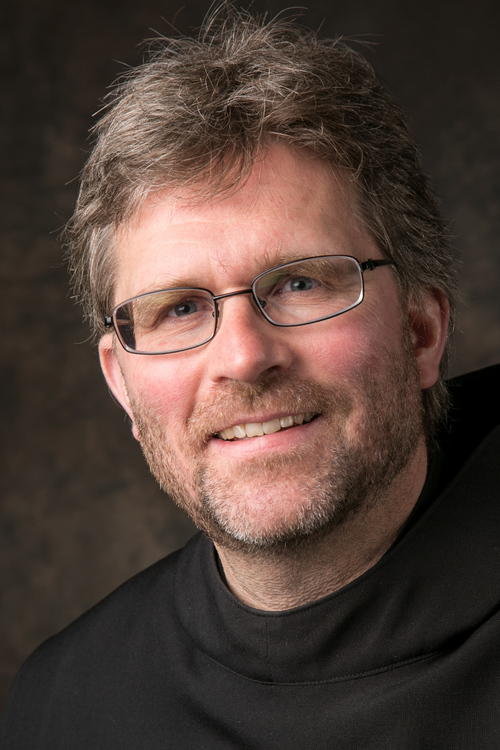Podcast: Play in new window | Download (Duration: 43:35 — 30.0MB) | Embed
Subscribe: Apple Podcasts | Spotify | Amazon Music | Android | Pandora | iHeartRadio | JioSaavn | Podchaser | Gaana | Podcast Index | Email | TuneIn | Deezer | Anghami | RSS | More
Conference 6 – The Trinitarian Reality of Self-Giving Love /w Msgr. Esseff & Sr. Cor Immaculatum Heffernan – Discerning Hearts Online Retreat
Retreat Directors: Monsignor John A. Esseff and Sister Cor Immaculatum Heffernan, IHM
[powerful]
Conference Six
The Mystery of Personal Sinfulness
#2563 CCC
“The heart is the dwelling-place where I am, where I live; according to the Semitic or Biblical expression, the heart is the place ‘to which I withdraw’. The heart is our hidden center, beyond the grasp of our reason and of others; only the Spirit of God can fathom the human heart and know it fully. The heart is the place of decision, deeper than our psychic drives. It is the place of truth where we choose life or death. It is the place of encounter, because as image of God we live in relation: it is the place of covenant”.
#2847 CCC
The Holy Spirit makes us discern between trials, which are necessary for the growth of the inner man, and temptation which leads to sin and death. We must also discern between being tempted and consenting to temptation. Finally, discernment unmasks the lie of temptation, whose object appears to be good, a “delight to the eyes” and desirable, when in reality its fruit is death.
James 1: 12-18 – Blessed is the man who perseveres in temptation…
Temptation
God does not want to impose the good, but wants free beings…there is a certain usefulness to temptation. No one but God knows what our soul has received from him, not even ourselves. But temptation reveals it in order to teach us to know ourselves, and in this way we discover our evil inclinations and are obliged to give thanks for the goods that temptation has revealed to us.
Dealing with the Devil …
#1848 CCC
As St. Paul affirms, “Where sin increased, grace abounded all the more”. But to do its work grace must uncover sin so as to convert our hearts and bestow on us
“righteousness to eternal life through Jesus Christ our Lord”. Like a physician
who probes the wound before treating it, God, by his Word and by his Spirit, casts a living light on sin.
Conversion requires convincing of sin; it includes the interior judgment of conscience, and this, being a proof of the action of the Spirit of truth in man’s inmost being, becomes at the same time the start of a new grant of grace and love: “Receive the Holy Spirit”. Thus in this “convincing concerning sin” we discover a double gift: the gift of truth of conscience and the gift of certainty of redemption. The Spirit of truth is the Consoler”.
Of ourselves we can do nothing… Ephesians 6: 10-17
The Holy Spirit is the sanctifier and it is through the power of the Holy Spirit that I may recognize what prevents me from being fully alive…and that I may feel sorrow for any inner lies or attitudes of heart that prevent me from receiving and staying with Your love for me, Lord
Examination of Core Wounds, Attitudes, Capital Sins
Sinfulness and the Mercy of God
“God never tires of forgiving us; we are the ones who tire of seeking his mercy…Time and time again he bears us on his shoulders. No one can strip us of the dignity bestowed upon us by this boundless and unfailing love. With a tenderness that never disappoints, but is always capable of restoring our joy, he makes it possible for us to lift up our heads and to start anew. Let us not flee from the resurrection of Jesus; let us never give up…come what will. May
nothing inspire us more than his life, which impels us forward.
– Pope Francis The Joy of the Gospel
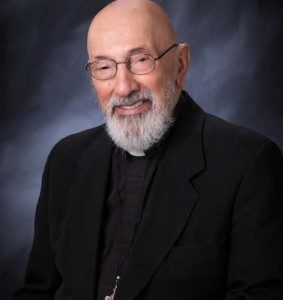 Msgr. John A. Esseff is a Roman Catholic priest in the Diocese of Scranton. He served as a retreat director and confessor to St. Teresa of Calcutta. He continues to offer direction and retreats for the sisters of the missionaries of charity. He has lived in areas around the world, serving in the Pontifical missions, a Catholic organization established by St. Pope John Paul II to bring the Good News to the world especially to the poor. He is a founding member of the Pope Leo XIII Institute. He continues to serve as a retreat leader and director to bishops, priests and sisters and seminarians, and other religious leaders.
Msgr. John A. Esseff is a Roman Catholic priest in the Diocese of Scranton. He served as a retreat director and confessor to St. Teresa of Calcutta. He continues to offer direction and retreats for the sisters of the missionaries of charity. He has lived in areas around the world, serving in the Pontifical missions, a Catholic organization established by St. Pope John Paul II to bring the Good News to the world especially to the poor. He is a founding member of the Pope Leo XIII Institute. He continues to serve as a retreat leader and director to bishops, priests and sisters and seminarians, and other religious leaders.
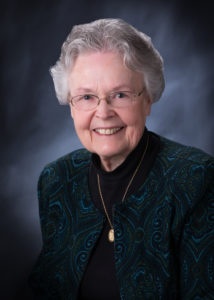
Sister Cor Immaculatum Heffernan, IHM is a member of the Sisters, Servants of the Immaculate Heart of Mary, Scranton, PA. “ She holds several degrees: a Bachelor of Arts in English/Art and a Master of Science degree in Counseling, both from Marywood; a Master of Arts degree in Sculpture from the University of Notre Dame; and a Master of Fine Arts degree in Illustration from Syracuse University. Her multi-faceted life is in itself a masterpiece: she is a teacher, a mentor, and a consultant; she is a sculptor, a harpist, a calligrapher, and a creator of mosaics; she is a counselor, a spiritual director, and above all, she is a servant of God to others”.

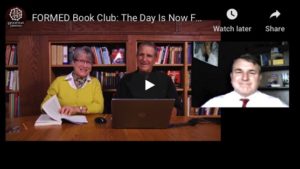 Humane economics, fair-trade coffee, respect for creation: can we really save the world? The FORMED Book Club continues its march through Cardinal Robert Sarah’s “The Day Is Now Far Spent”—this week, the chapter on “The Hatred of Man”.
Humane economics, fair-trade coffee, respect for creation: can we really save the world? The FORMED Book Club continues its march through Cardinal Robert Sarah’s “The Day Is Now Far Spent”—this week, the chapter on “The Hatred of Man”.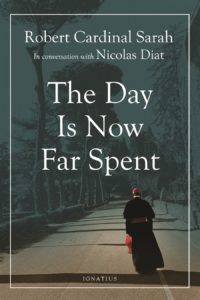
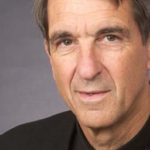
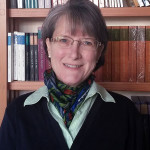
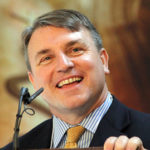
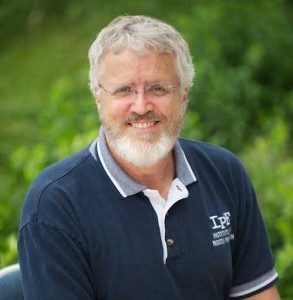 Episode 11 -The Way of Mystery: The Eucharist and Moral Living– The Liturgy of the Eucharist part 3: The Eucharistic Prayer…God teaching us to pray. What are we doing in our participation and are we truly ready to receive the Body of Christ? Should we, in integrity, receive the Truth of Christ in Communion…do we really believe?
Episode 11 -The Way of Mystery: The Eucharist and Moral Living– The Liturgy of the Eucharist part 3: The Eucharistic Prayer…God teaching us to pray. What are we doing in our participation and are we truly ready to receive the Body of Christ? Should we, in integrity, receive the Truth of Christ in Communion…do we really believe?